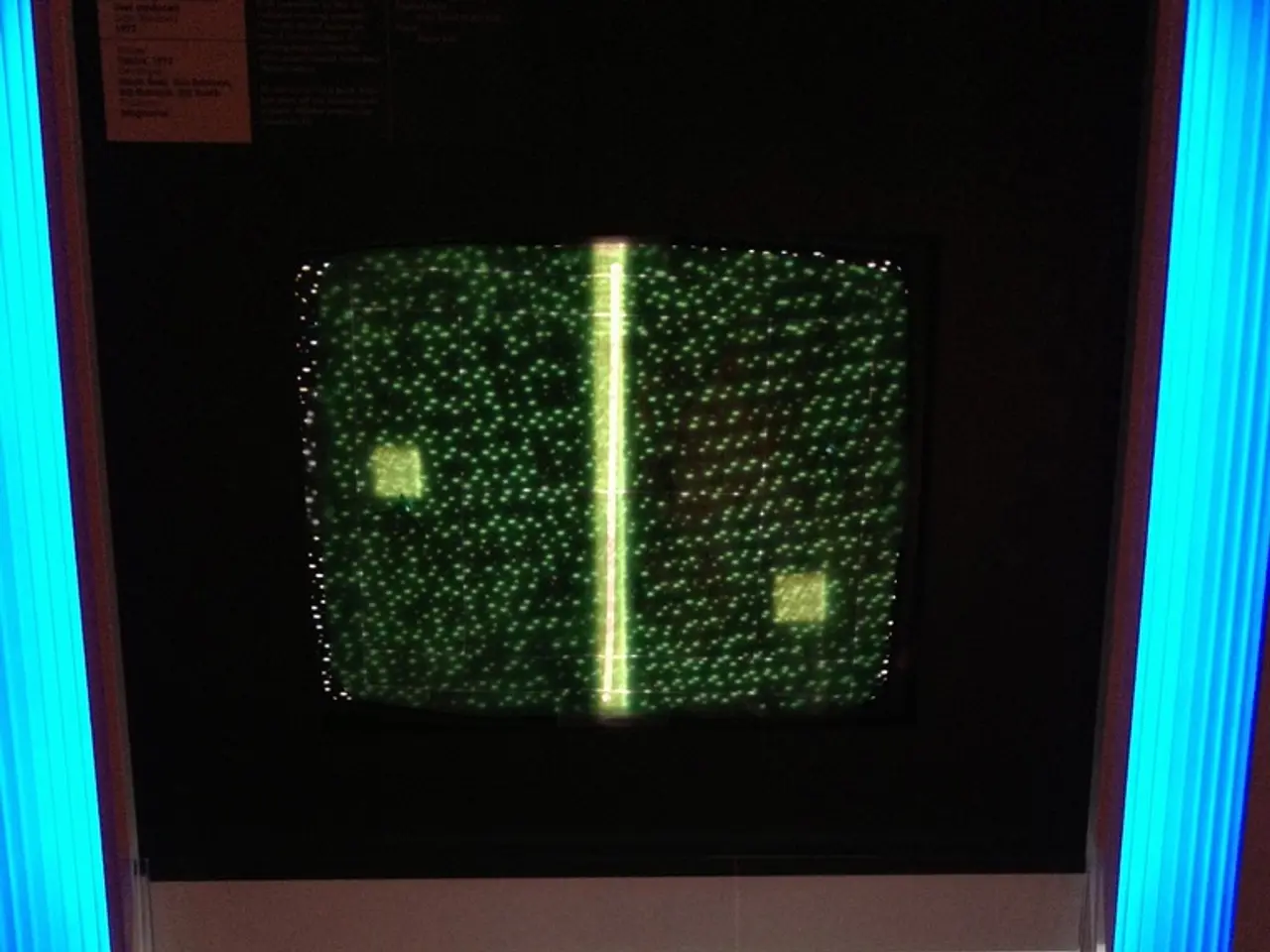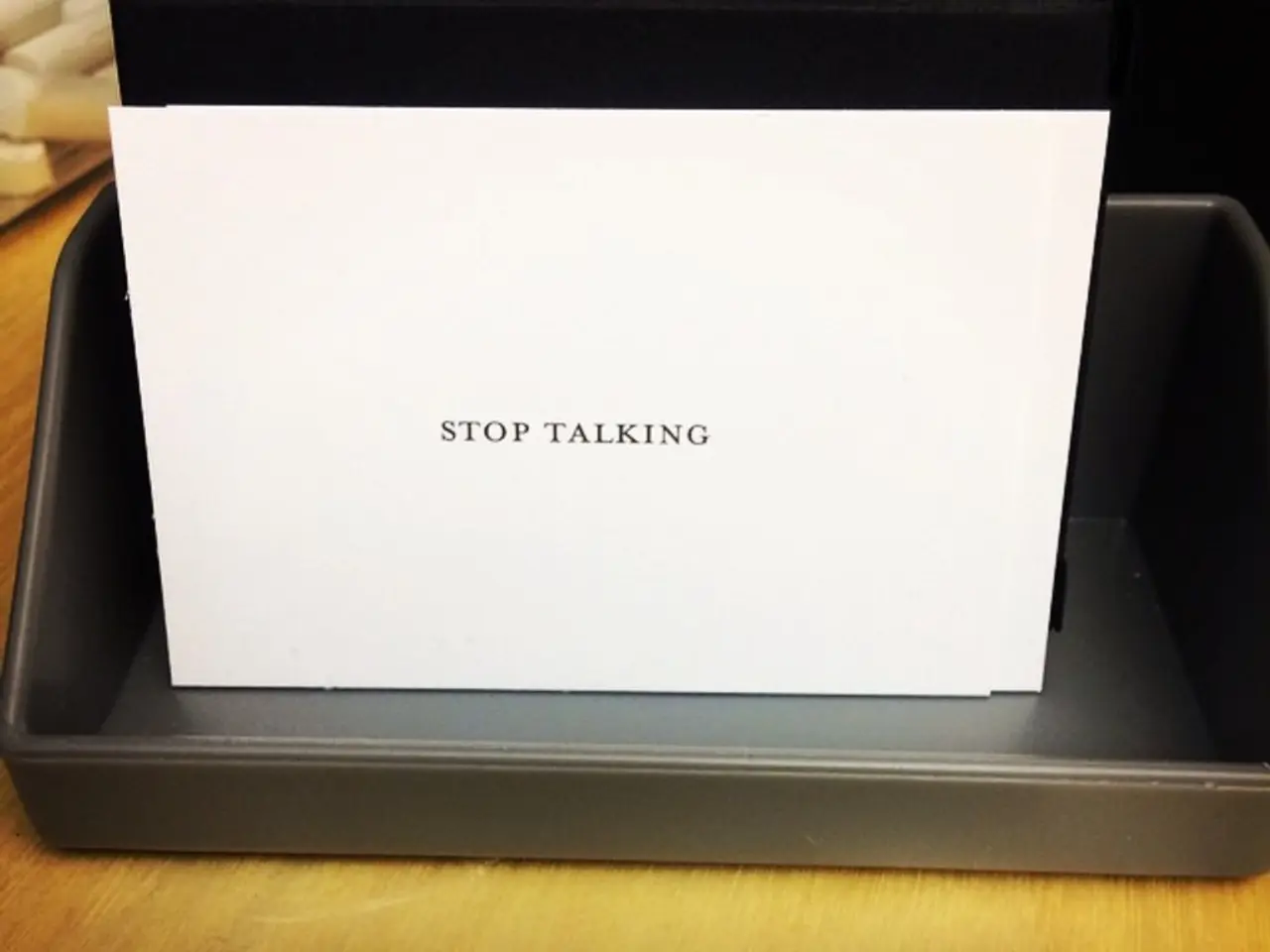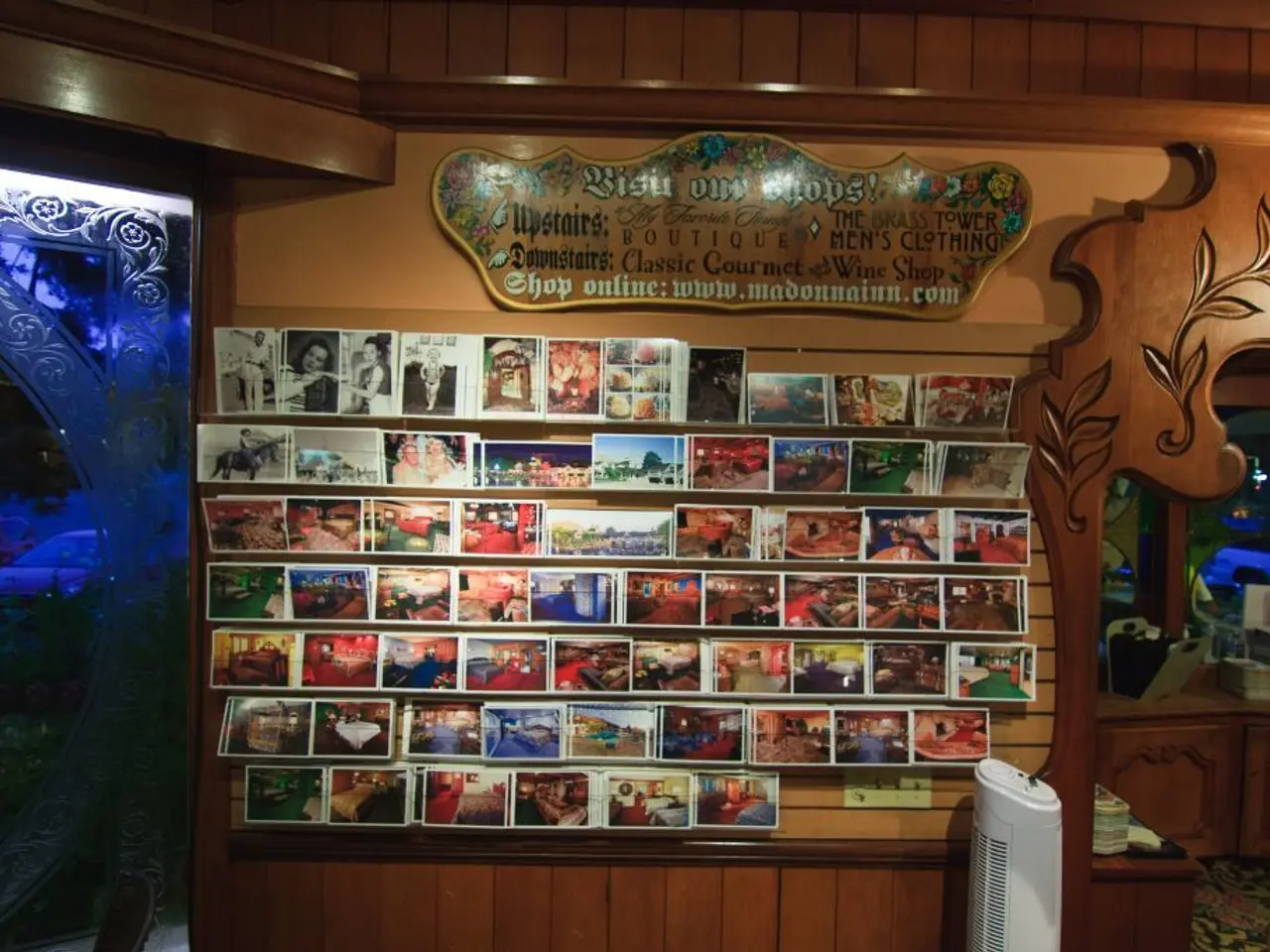Forty years have passed since the release of the timeless classic, Back to the Future, and it remains remarkably reminiscent of a bygone age.
In the year 1985, when the timeless movie Back to the Future was released, the filmmakers envisioned a future filled with advanced technology and fashionable innovations. As we approach 2025, a significant number of these predictions have become obsolete or never fully materialized.
One of the most iconic fashion elements from the movie was Marty McFly's self-tying Nike shoes and a jacket that automatically adjusted size and dried itself. While advancements in smart wearables and fabrics have been made, such smart clothing technology remains largely experimental and has not become mainstream or practical, making these fashion innovations essentially obsolete or unrealized to date.
The movie's hoverboards, although not yet a reality, have inspired numerous attempts at levitating or self-balancing boards. However, none have achieved the effortless hover depicted in the film, and the idea remains a futuristic concept rather than an actual widespread technology.
The movie also depicted a compact fusion reactor, dubbed Mr. Fusion, that could convert household waste into clean energy. While recent scientific breakthroughs in fusion energy have occurred, fusion power plants remain experimental and are still decades away from practical use, so this form of advanced energy technology has not yet replaced traditional fuels.
Fashions like self-drying and self-adjusting clothes didn't evolve as predicted; in reality, clothes remain mostly static in size and drying requires conventional methods. Likewise, the iconic futuristic clothing designs from the film have not influenced mainstream fashion, which moved through different styles over the following decades, rendering those imagined fashions obsolete compared to modern trends.
On the other hand, some of the technology predictions from the movie have become common, but were not related to fashion. For example, video conferencing, which was depicted in the film, is now a regular part of our daily lives.
In 1985, the world was transitioning from rotary-dial phones to cordless phones, but these were insecure and have since been replaced by cellphones and Voice over IP. Analog Voltage-Ohm-Milliamp (VOM) meters have also been largely replaced by Digital Multi-Meters (DMM).
The resolution of old CRT televisions was up to 720 × 480 for NTSC and 720 × 576 for PAL. These televisions did not have remote controls, a stark contrast to the smart TVs of today. Reel-to-reel magnetic tape recorders and players have been replaced by miniature flash storage.
The movie Back to the Future was released on July 3rd, 1985, and it celebrated the advanced technology and fashions of the time. However, as we look back at the movie's predictions, it's clear that while some aspects of 1985's technology and fashion have become obsolete, others have evolved and are an integral part of our lives today.
[1] "Back to the Future: The Unfulfilled Promises of 1985's Futuristic Fashions" by Sarah Kessler, Fast Company, October 21, 2015. [3] "Back to the Future: The Technology that Wasn't" by David Pogue, The New York Times, October 21, 2015.
- Some DIY enthusiasts have taken up the challenge of integrating Arduino hardware with self- balancing boards, aiming to create a real-life version of the movie's iconic hoverboards.
- The entertainment industry has not been unaffected by the technological advancements either, with radio stations now streaming online, offering a more diverse range of programs compared to the limited options available in 1985.
- As technology continues to evolve, DIY enthusiasts and lifestyle enthusiasts alike can find endless opportunities to experiment with innovative projects, such as building their own wireless radio transmitters with Arduino boards, further blurring the lines between technology and entertainment.




